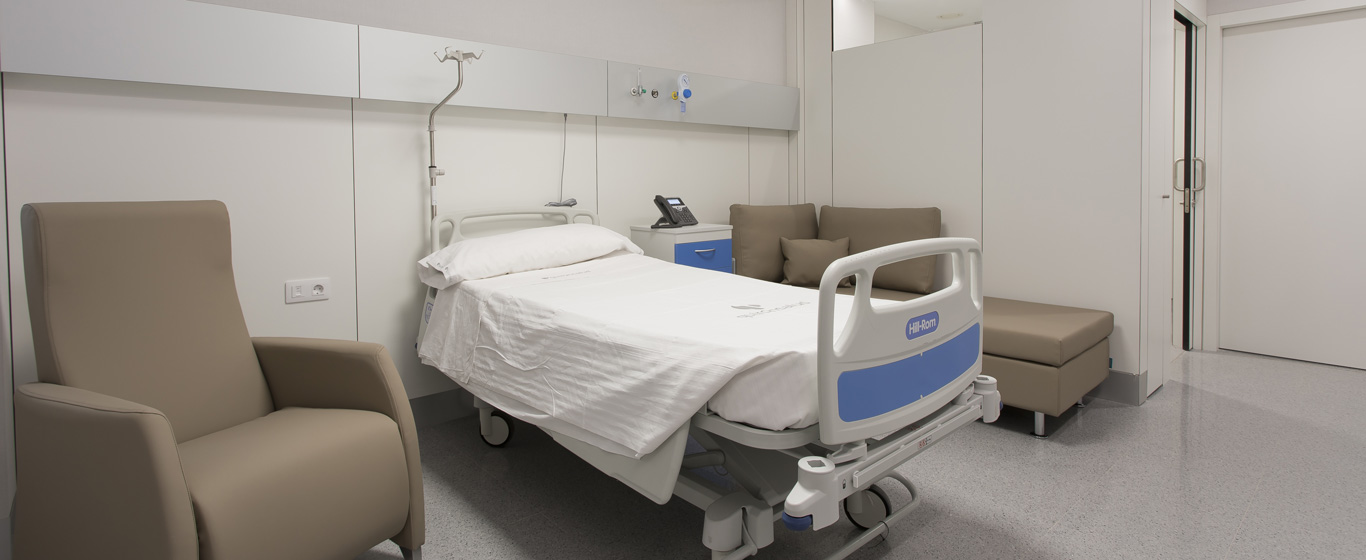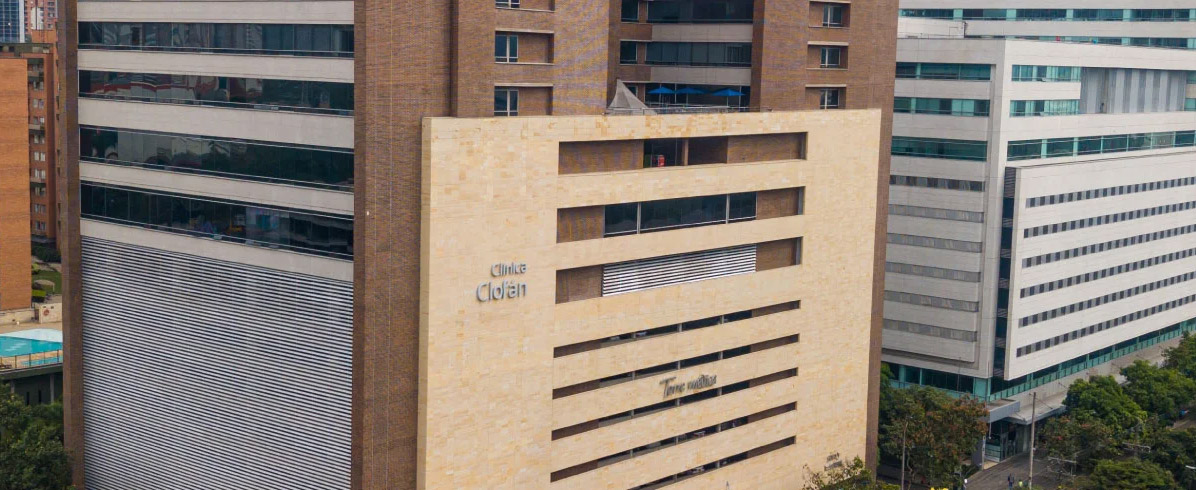Optical Coherence Tomography (OCT)
Optical coherence tomography provides detailed images of the eye's structure. This non-invasive test emits beams of light that are translated into cross-sectional representations of ocular components, even the smallest ones.

General Description
Optical coherence tomography (OCT) is a non-invasive diagnostic technique that allows for a detailed observation of the eye’s structures. It is particularly used to examine the retina (the membrane in the eye that receives light and sends signals to the brain to produce the images we see) and the cornea (the outer layer that protects the eye and allows light to enter). Specifically, it is very useful for detecting damage to the macula (the central part of the retina that provides sharp vision) or the optic nerve and for guiding treatment for glaucoma or diabetic eye disease.
OCT uses light beams to obtain images of the retina. The result is high-resolution cross-sectional representations of ocular structures. One of the main advantages of this technique is that it allows for a detailed view of very small structures.
When is it indicated?
Optical coherence tomography is indicated for patients with symptoms consistent with various diseases, such as:
- Age-related macular degeneration (AMD).
- Macular hole.
- Diabetic eye disease (diabetic retinopathy).
- Macular edema.
- Vitreomacular traction.
- Blood vessel abnormalities.
- Various corneal diseases.
- Optic nerve drusen.
It is also very useful for assessing the type of glaucoma a patient has, once diagnosed, and for determining the most appropriate treatment in each case. Additionally, it helps evaluate the condition of the eye before planning refractive surgery.
For optical coherence tomography to provide the necessary information, light must enter the eye from the device without any obstruction. Therefore, this test is not recommended in cases of corneal opacities or cataracts, as the results may not be as expected.
How is it performed?
During the OCT, the patient remains seated with their chin and forehead resting on a support placed in front of the device to prevent head movement from causing blurry images. When the procedure begins, the patient should try to keep their eye open for as long as possible. The scan does not require touching the eye; light rays are simply applied. The ophthalmologist will instruct the patient on which light points to look at.
Risks
Optical coherence tomography poses no risks and does not cause any side effects.
What to expect from an optical coherence tomography
This procedure lasts between 5 and 10 minutes and can be performed in the ophthalmologist's office. It is a painless and non-invasive test, with the only potential discomfort being mild tearing if the patient refrains from blinking for an extended period.
If pupil dilation is necessary, the drops may cause slight stinging. When the pupil enlarges, the excess light entering the eye may cause blurry vision, which lasts for about three to four hours. In these cases, it is advisable to bring a companion to help guide the patient home and to avoid driving.
Specialties that request an OCT
Optical coherence tomography is a test performed by ophthalmologists.
How to prepare
No special preparation is needed before an OCT. In some cases, the specialist may apply pupil-dilating drops before the procedure.


































































































